535
Oktoberfests you would have to celebrate to drink the annual production of the largest brewery we have built
170
years of experience we have in building plants for the brewing and liquid food industries
85%
of all countries have received equipment from us since the company was founded in 1852

As a renowned global player with 15 subsidiaries worldwide and over 170 years of experience, Ziemann Holvrieka has been at the forefront of shaping the beverage industry.
From building breweries for the world’s most esteemed beer brands to executing numerous other projects across industries worldwide, our legacy of innovation and excellence sets us apart.
From our base in Ludwigsburg and Bürgstadt, Germany, we have built a strong reputation globally, delivering efficient and sustainable solutions across industries including brewing, juice, dairy, hard seltzer, edible oils, chemicals, distilling, and new foods.
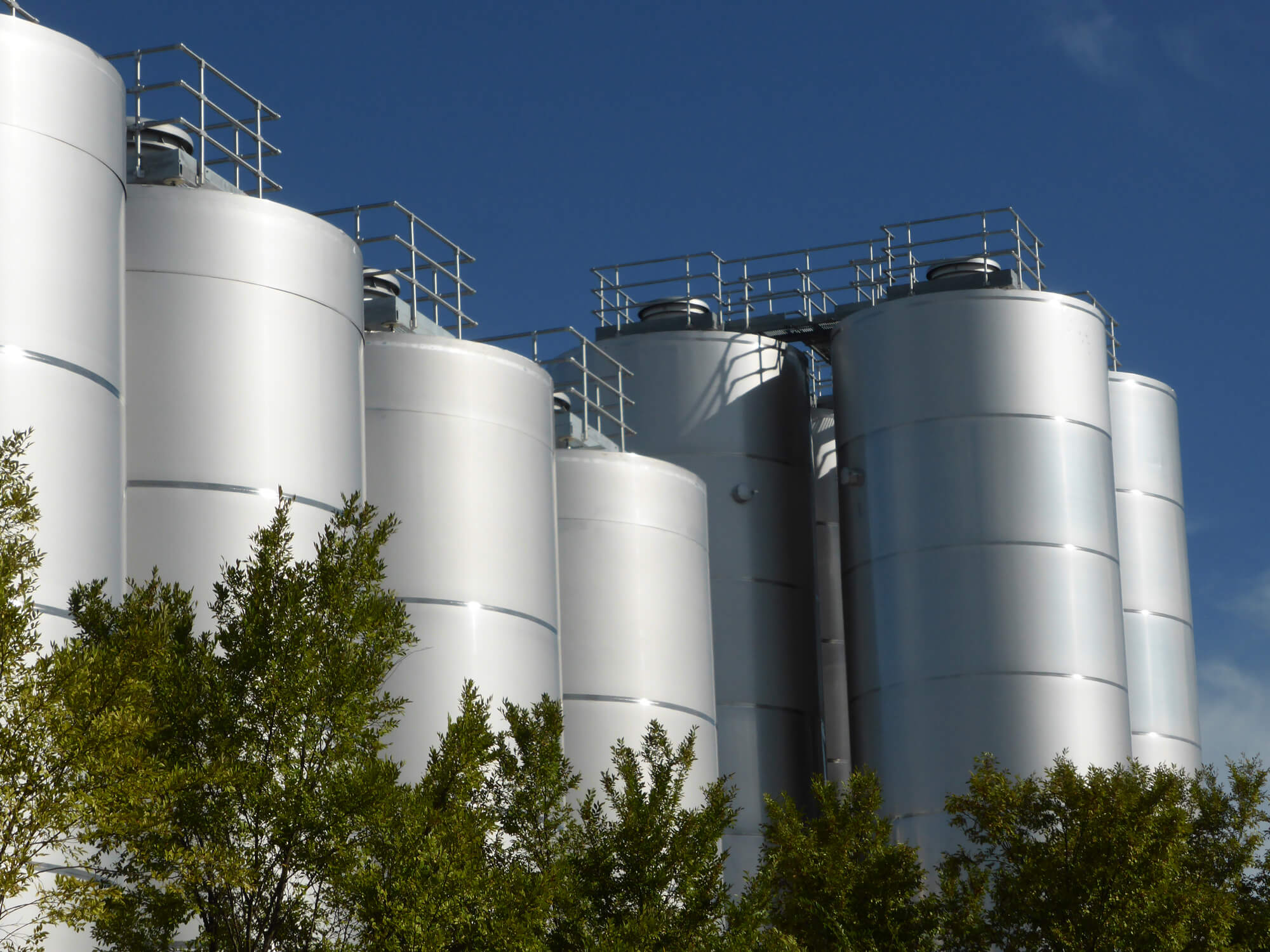
Our Industries
Beer
Crafted to perfection
We specialise in designing breweries tailored to your unique requirements. Our comprehensive solutions ensure efficient brewing sequences, optimal yield, and utmost flexibility, integrating innovative warm block solutions for brewhouses, cold block with tanks and cellar equipment, and advanced process technology.
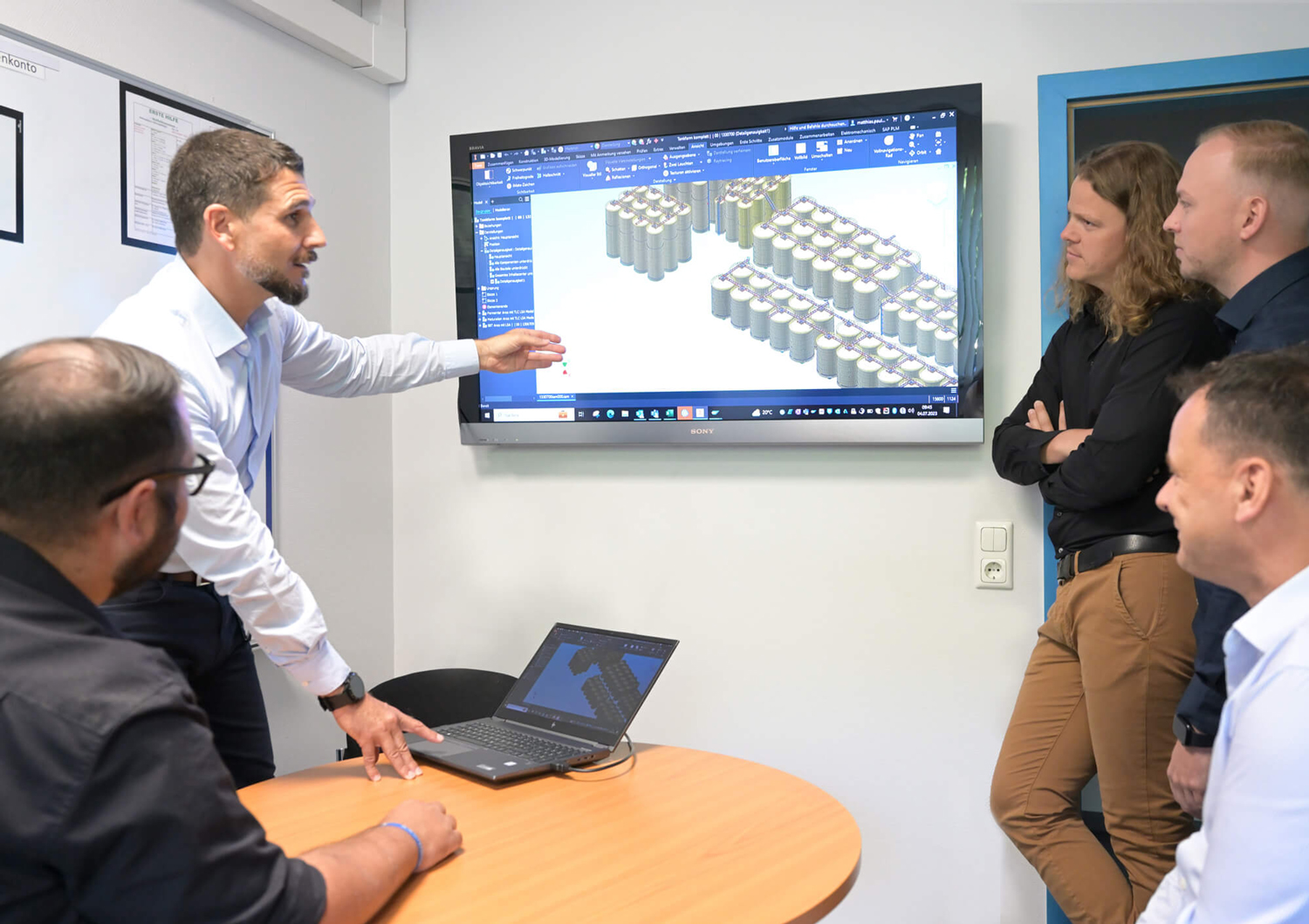
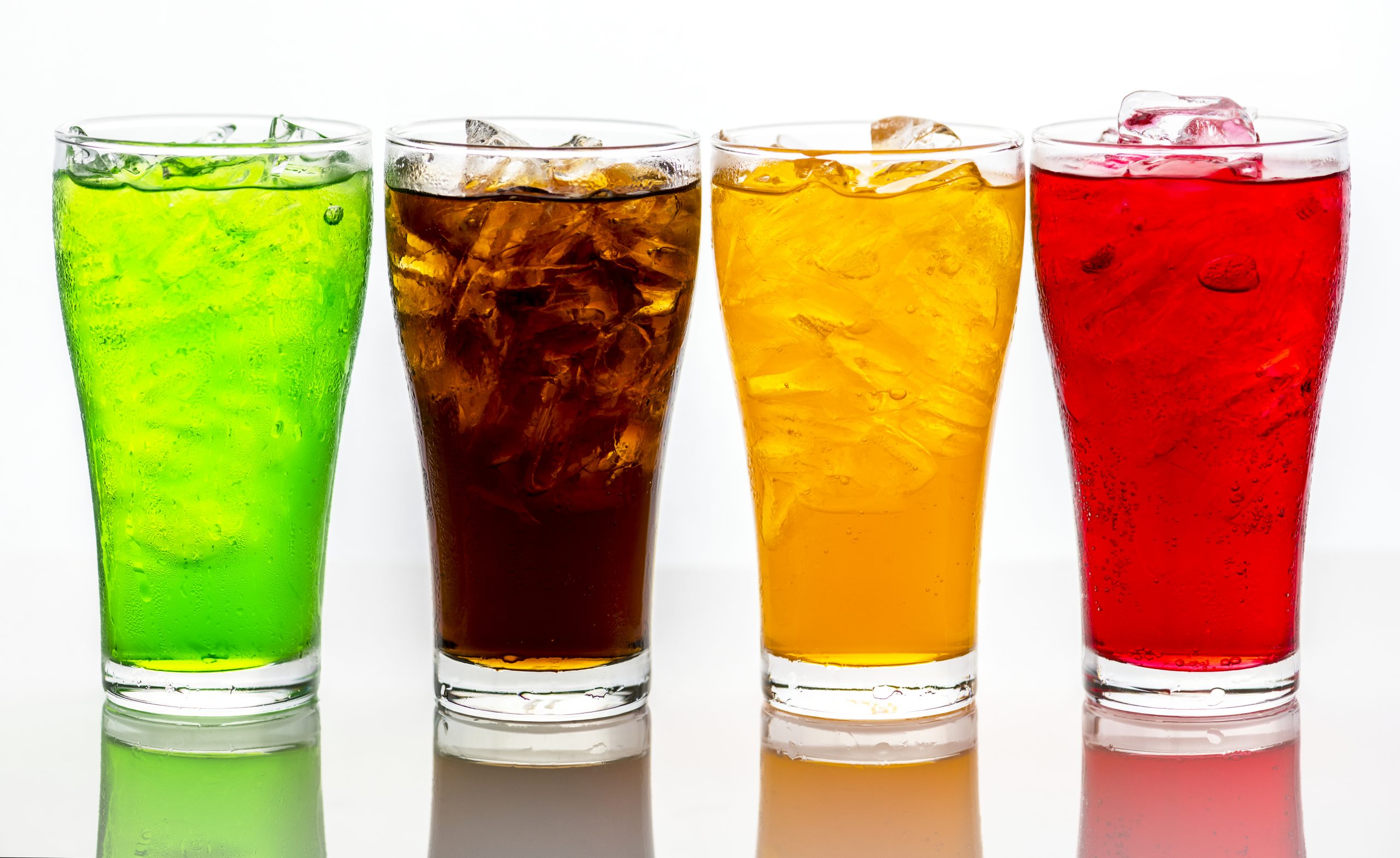
Beyond Beer Beverages
Crafted to perfection
Ziemann Holvrieka offers precise and sustainable solutions for the beverage industry, including all steps of beverage production. No matter if advanced storage, product treatment, or smart processes to enhance efficiency and ensure high-quality production. As a reliable partner, we also provide turnkey solutions tailored to your business needs, whether you’re a beverage producer, brewery looking to diversify, or a contract producer.
Hard Seltzer
Total concept excellence
Our turnkey plants offer seamlessly integrated components, guaranteeing maximum performance and profitability across all aspects of hard seltzer production.
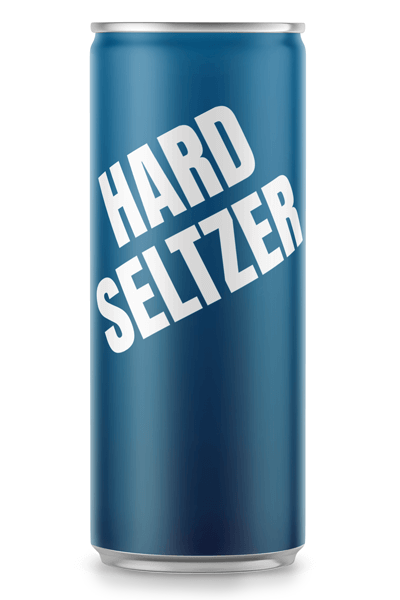
Juice
Purity in every drop
From tanks to technology, we optimise fruit juice logistics. Our portfolio covers juice transportation solutions for juice tankers, NFC and FCOJ tanks for juice terminals, automation, processing, CIP, and cooling.

Distilling
Mastery in distillation
Collaborating with our sister company, Briggs of Burton, we specialise in superior distillery process engineering. While Ziemann provides tanks and assembly, Briggs of Burton excels in precise planning and engineering. Our combined expertise spans raw material handling to CIP systems, delivering exceptional solutions for global distilleries.

Dairy
Quality meets precision
We engineer top-quality storage and process tanks for dairy products, adhering to the strictest hygiene standards and ensuring exceptional quality.
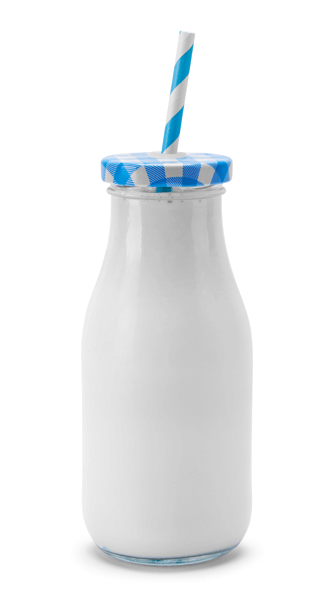
Edible Oil
Versatility meets expertise
From storage tanks to process tanks, we offer comprehensive solutions for edible oils, backed by our extensive industry experience.
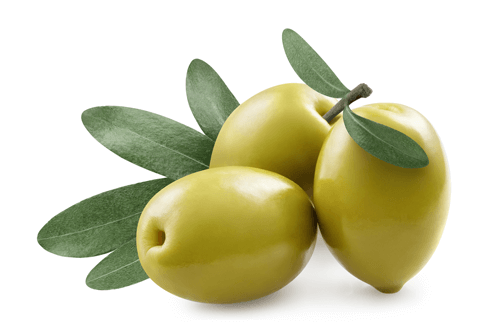
Liquid & New Food
Crafting culinary excellence
Our advanced processing and storage tanks serve a variety of food industries. In addition to that, Ziemann Holvrieka´s expertise extends to the innovative field of precision fermentation, transforming the future of the food industry. In addition to tanks, we offer comprehensive turnkey production plant solutions.

Why choose Ziemann Holvrieka?
Our commitment to excellence and sustainability is driven by:
Innovation
Pioneering solutions since 1852, we constantly evolve to meet industry demands and exceed expectations.
Expertise
Our engineers blend technical knowledge with practical experience, ensuring tailor-made solutions for your unique needs.
Global Reach
With solutions deployed worldwide, our expanding network of global locations ensures accessibility and prompt service.
Sustainability
We prioritise sustainable practices across all aspects of our, and our customers’ operations, contributing to a more sustainable future for the industry and the planet.
Turnkey Solutions
From feasibility studies to project management and training, our all-encompassing approach ensures success from start to finish.

Our pathway to a sustainable future
Sustainability is at the core of all we do at Ziemann Holvrieka
We consider it our duty to assist our clients in achieving their business objectives in a way that is sustainable and ecologically friendly.
We are dedicated to lowering our carbon footprint and making sure that the solutions we provide use the least amount of waste and energy possible.
Contact us today
Learn more about our customised solutions and how we can help your business grow and thrive with our tank and process technology solutions.